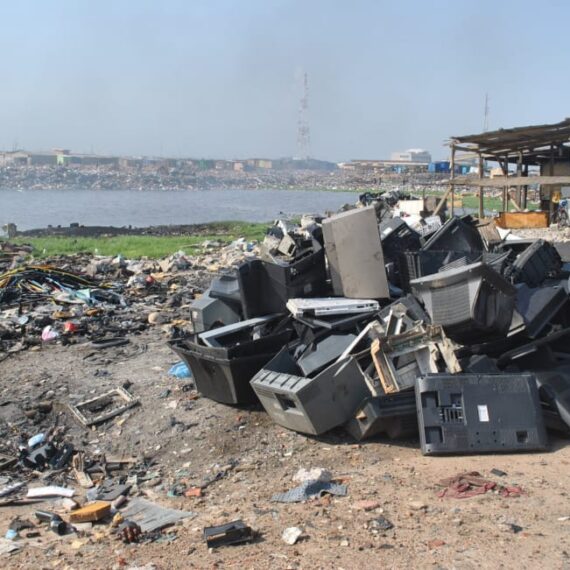
The Ultimate Guide to Responsible E-Waste Recycling: Where, When, and How
In this modern era of technology, electronic devices have become an essential part of our daily lives. However, this increased dependence on gadgets has led to a growing concern about the proper disposal of electronic waste (e-waste). Improper disposal can have severe environmental consequences, making it crucial for individuals to adopt responsible e-waste recycling practices. In this comprehensive guide, we will discuss the significance of responsible e-waste recycling, identify different recycling locations, determine the best times to recycle, and outline step-by-step procedures. Let’s get started!
Importance Of Responsible E-waste Recycling Management

The importance of responsible e-waste disposal cannot be overstated in our contemporary, technology-driven society. Beyond the convenience and innovation that electronic devices bring to our lives, the environmental repercussions of their improper disposal are profound. Electronic gadgets often contain hazardous materials such as lead, mercury, and cadmium. If not handled responsibly, these materials can seep into the soil and water, posing a serious threat to both ecosystems and human health. Recognizing the intricate connection between electronic waste and environmental well-being is crucial.
Moreover, responsible e-waste disposal plays a pivotal role in resource conservation. These electronic devices contain valuable materials such as gold, silver, copper, and rare earth metals. By recycling them properly, we minimize the need for ecologically damaging mining practices and contribute to preserving finite natural resources. Therefore, responsible e-waste disposal isn’t just a matter of personal choice; it’s a collective responsibility with far-reaching implications for the planet’s health and sustainability.
Best Destinations for E-Waste Recycling:
a. Local Recycling Centers: The first step towards responsible e-waste recycling involves identifying and visiting local recycling centers equipped to handle electronic devices. These facilities adhere to stringent guidelines for environmentally friendly disposal.
b. Retailer Take-Back Programs: Many electronic retailers recognize the importance of responsible disposal. Take advantage of retailer take-back programs, where consumers can return old devices for proper recycling. This not only ensures responsible disposal but also encourages manufacturers to take greater responsibility for the lifecycle of their products.
c. Manufacturer Recycling Programs: Some product manufacturers have initiated their own recycling programs. Research the recycling initiatives of the specific manufacturers of your electronic devices and utilize these dedicated programs for responsible disposal.
Step-by-Step Procedures For Responsible E-Waste Recycling:
a. Data Erasure: Before recycling, prioritize protecting your personal data. Utilize reliable data erasure tools or seek professional assistance to ensure complete wiping of sensitive information from devices.
b. Battery Removal: Electronic devices often contain batteries that require separate recycling processes. Remove batteries from devices and dispose of them at designated battery recycling locations, typically available at local recycling centers.
c. Sorting and Packaging: Streamline the recycling process by sorting e-waste into categories like computers, smartphones, and peripherals—properly package items to prevent damage during transportation to the recycling facility.
d. Transportation: Deliver e-waste to the chosen recycling location, adhering to any specific guidelines provided by the facility. Many recycling centers also offer information regarding acceptable drop-off times and any additional requirements on their websites.
Actionable Tips for Readers:
a. Educate Others: Be an advocate of e-waste management by spreading awareness about the environmental impact of e-waste and educate friends, family, and colleagues on the importance of responsible recycling.
b. Support E-Waste Legislation: Stay informed about and support policies and legislation promoting responsible e-waste management. Advocate for stronger regulations and contribute to creating a framework that holds individuals and corporations accountable for their electronic waste.
c. Buy Responsibly: Make informed choices when purchasing electronic devices. Opt for products from manufacturers committed to sustainable practices, including extended producer responsibility and take-back programs.
Wrap Up!
In a nutshell, responsible e-waste recycling is essential for safeguarding our environment and conserving valuable resources. By understanding the importance of proper disposal, knowing where to recycle, choosing appropriate timings, and following step-by-step procedures, individuals can contribute to a sustainable and eco-friendly future. Take action today and be a part of the solution to the global e-waste challenge.







